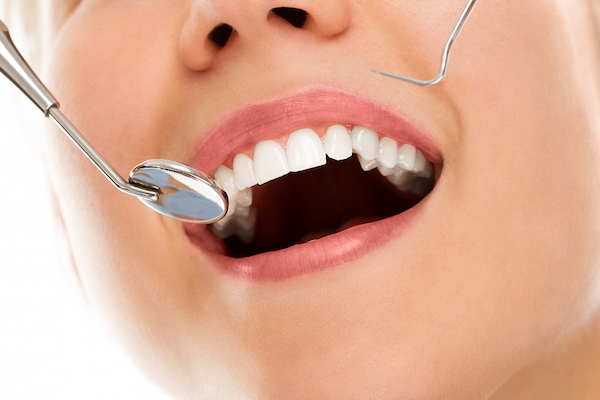Elevate Your Smile Game – Unparalleled Dentistry Tailored Just for You
Welcome to a realm where smiles are not just expressions but masterpieces—where dentistry transcends the ordinary and becomes a personalized, unparalleled experience. At Elevate Your Smile, we are not just practitioners of dentistry; we are artisans crafting bespoke smiles tailored uniquely for you. Our philosophy goes beyond conventional oral care; it delves into the artistry of enhancing your natural beauty through the perfect smile. Picture a space adorned with tranquility, where each visit is an immersive journey toward dental excellence. From the moment you step into our sanctuary, you will sense the difference—thoughtfully designed interiors that blend comfort with aesthetics, creating an ambiance that eases nerves and elevates expectations. Our team comprises not just highly skilled dental professionals, but passionate individuals committed to understanding your unique needs and desires. We believe in the power of individuality, and that reflects in our approach to dentistry.
Each treatment plan is a bespoke creation, meticulously designed to harmonize with your facial features, personality, and lifestyle. We understand that no two smiles are alike, and hence, no two treatments should be either. Whether it is cosmetic dentistry for a red-carpet-ready smile, restorative procedures to reclaim dental health, or preventive care to maintain that radiant glow, we have the expertise to tailor a plan that suits you impeccably. Cutting-edge technology is the backbone of our practice, ensuring that every procedure is not only precise but also minimally invasive. Our commitment to staying abreast of the latest advancements in dentistry enables us to offer you the most innovative and effective treatments available in family dentist in waterloo. From digital smile design that allows you to preview your new smile before any work begins to painless laser dentistry, we strive to make your dental journey as seamless and comfortable as possible.
Yet, it is not just about the tools we use; it is about the human touch we bring to dentistry. Compassion and empathy are woven into the fabric of our practice. We understand that dental visits can be daunting for some, and that is why we prioritize open communication, actively involving you in every step of your treatment. Your concerns are heard, your questions answered, and your comfort is our top priority. Our commitment to your well-being extends beyond the treatment room—we are here to guide you on your oral health journey, providing personalized advice and support to ensure your smile remains a masterpiece for years to come. At Elevate Your Smile, we invite you to experience dentistry like never before—a seamless blend of science and artistry, where your smile is not just enhanced but elevated to its fullest potential. Step into a realm where unparalleled dentistry meets individualized care, and let us embark on a journey to create a smile that truly reflects the masterpiece that is you.



